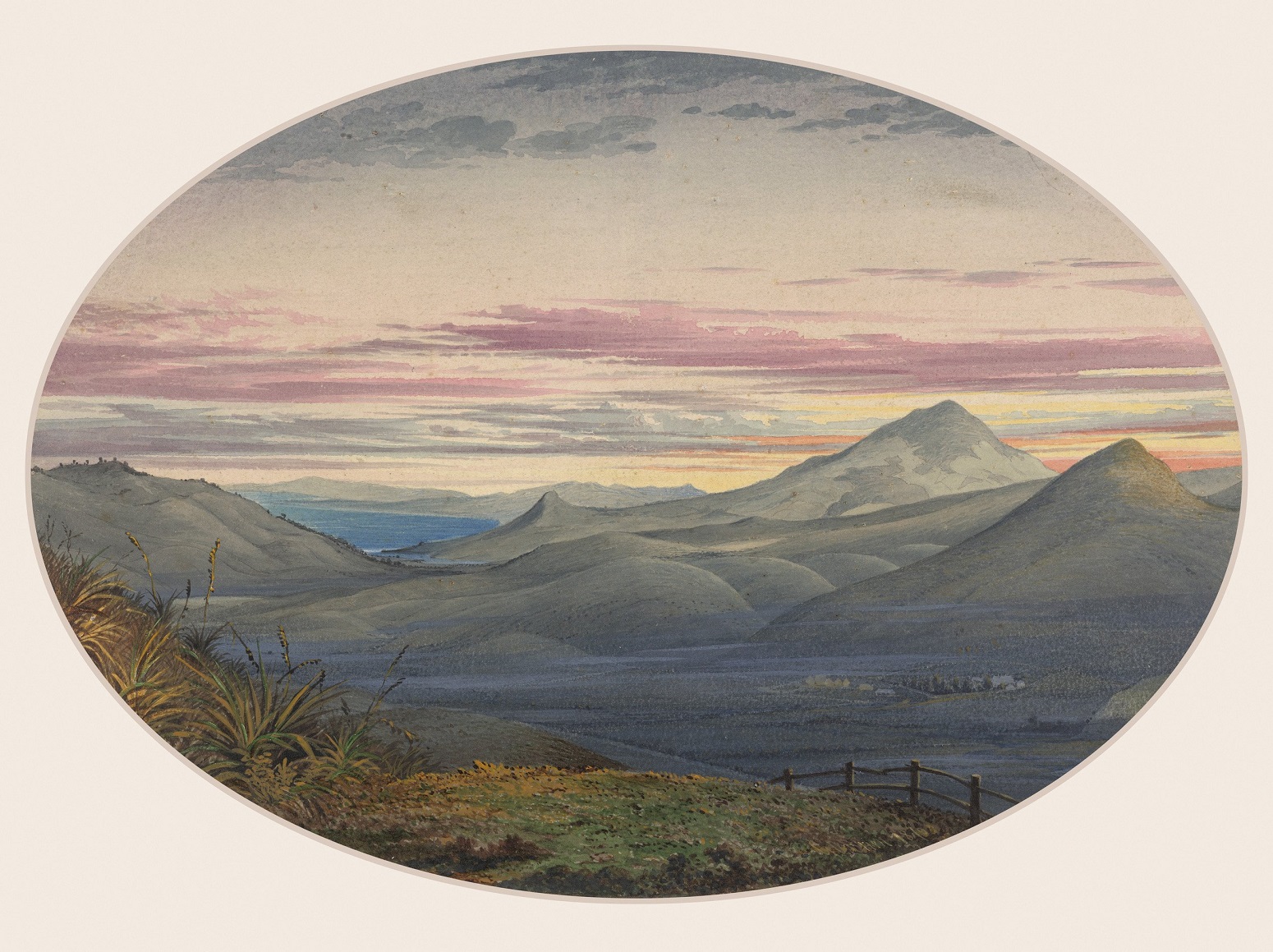
Curators Rebecca Rice and Megan Tamati-Quennell talk to Rebecca Fox about the tension between historical and contemporary works.
Selected works of significant artists such as Shona Rapira-Davies, William Hodges, Shane Cotton, Tony De Lautour and others being exhibited at Te Papa all have one thing in common - a southern connection.
Their works are part of 24 being exhibited as "Hia Hia Whenua - Landscape and Desire" which showcases rarely seen colonial landscapes alongside contemporary works addressing issues around and from colonialism.
Te Papa curator of historical art Rebecca Rice has wanted to show some of the collection’s historical landscapes for some time but was unsure of how they could be presented in the 21st century.
"I was very conscious that visitors like to see them but it needed to be thought through very carefully."
Together with Megan Tamati-Quennell, curator of modern and contemporary Maori and indigenous art, they decided to show the historical landscapes alongside contemporary works.
![William Hodges, [Waterfall in Dusky Bay with Maori canoe], 1776, oil on panel. Purchased 2019...](https://www.odt.co.nz/sites/default/files/styles/odt_landscape_extra_large_4_3/public/story/2022/12/2019-0003-1-_med_res_for_p.jpg?itok=bDcluY-C)
Rice, who is from Dunedin, says it is that tension between landscape and whenua, the very different ways of thinking of the natural world, that is at the crux of the exhibition.
It was a deliberate move to exclude "modern" works from the exhibition.
"It is not about McCahon discovering the New Zealand landscape and finding the essence of it. Contemporary artists we engage with are looking back to the historical landscape and thinking about the way that land was encountered and that people tried to settle it, fought over it, use it, make a commercial gain through farming or forestry."
Tamati-Quennell says the contemporary works complicate the image of New Zealand’s colonial landscapes.
"There are many ways to think about land - its value, its ownership, and how it can be lost, sold or stolen.

A work by Christchurch artist Tony De Lautour is based on a painting he found in a Lake Wakatipu junk shop and revisioned. He talks about colonial artists recording landscapes as places ready for occupation and to be used, Tamati-Quennell said.
"He talks about refilling empty stages with characters, slightly darker kookier characters from our past, heraldic lions holding guns, throwing little New Zealand’s into the water.
"It’s really talking about not only landscape but what is going on in terms of that colonial process and really saying, actually often these beautiful landscapes do not reflect what’s going on socially or politically, and didn’t have that kind of commentary so he adds it in, often in a humorous way."
They have also included works that are not landscape paintings such as Matt Pine’s "F" series which are minimalist sculptural impressions of Gate Pa reflecting on the Land Wars but not in a way that is "hard".
Pine started the works, made from grey PVC pipe, in 1977 but it was while he was the Frances Hodgkins Fellow that he evolved them further and they were shown in his Dunedin studio for the first time.

Rice says the conversation begins with William Hodges’ 1776 Waterfall in Dusky Bay with Maori canoe which is the earliest painting of a New Zealand landscape that Te Papa has in its collection and it has only been shown at the gallery once before since it was purchased in 2019.
It was painted after Cook spent five weeks in Dusky Sound, as it was then known, making repairs to their ship and mapping the area. Hodges accompanied Cook on his exploration of the Sound and painted a view up one of the arms of Tamatea with the Southern Alps in the distance.
"It is a beautiful view up. The artist thinks in pictorial terms, not in historical accuracy, although it is quite an accurate picture of that site, so he’s put in a waka with a family that Cook and his crew did meet but back at their base camp, not in the Sound."
Tamati-Quennell says the work is also important for southern Maori as the site was important for food gathering and as it was a friendly and collegial first meeting compared to the first encounters on the East Coast which are believed to have traumatised Cook’s crew on his first visit.
"So three or four years later there is a different approach. It is a peaceful, amicable meeting and didn’t shift culturally that much although Anne Salmond talks of Cook and his crew putting in a garden, making beer, planting strawberries, maybe testing, trying things out. So it’s an interesting work for Ngai Tahu. It was a major mahinga kai fishing ground, not necessary a site people lived in."

"Shona’s work has not been on display since Te Papa’s been open. The last time it was shown was in the ’80s in old National Art Gallery."
While the painting is of Great Barrier Island, she was very influenced by the work of Anna Caselberg and Colin McCahon.
"She has riffed completely off Anna Caselberg and McCahon’s landscape. She’s gone ‘I can paint that way, paint the same way he does’."
Rapira-Davies was working in Dunedin at the same time as Jeffrey Harris and Joanna Margaret Paul, Ralph Hotere and the Caselbergs, enjoying the collegiality of that "hotbed of interesting people" in the arts community.
"When she went north she never found that community again although she came back down to do a Frances Hodgkins Fellowship.

"O’Brien was influenced by the Pre-Raphaelite movement and has that early morning or evening dusk light when everything comes alight with a magic glow. In this one you see the fences delineating the landscape, the homestead down the valley - beginning the process of being tamed and settled."
The 24 artworks will be on display until mid-2023 when a new hang will bring additional works into the exhibition.
"It is a show that will shift over time but the core principal will stay the same."
To see:
Hia Hia Whenua | Landscape and Desire, Te Papa, ongoing.












